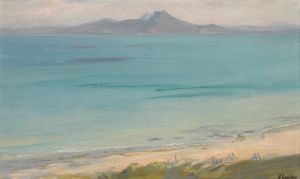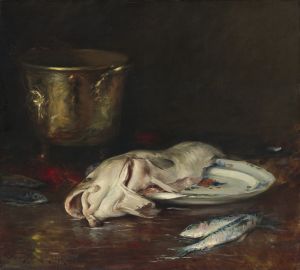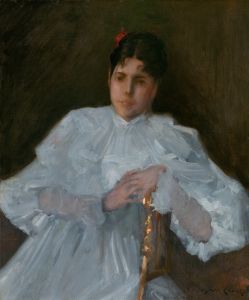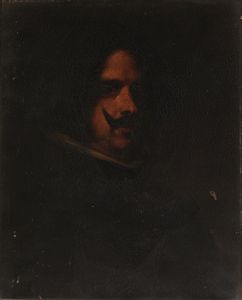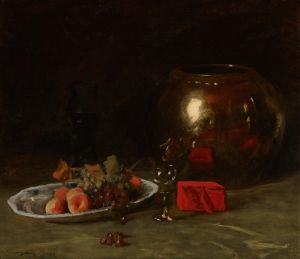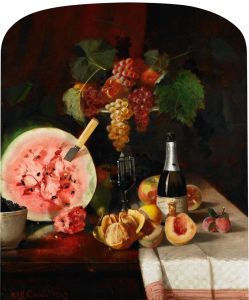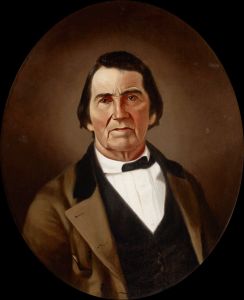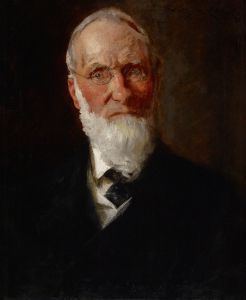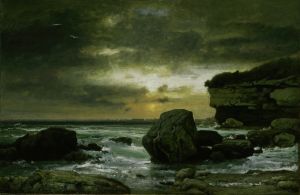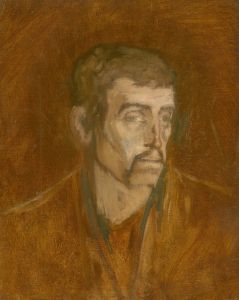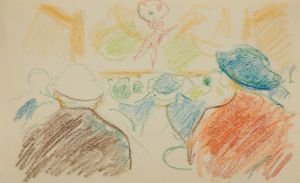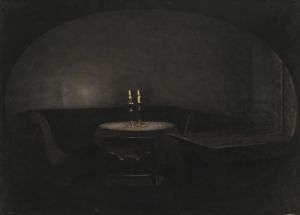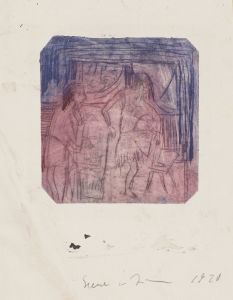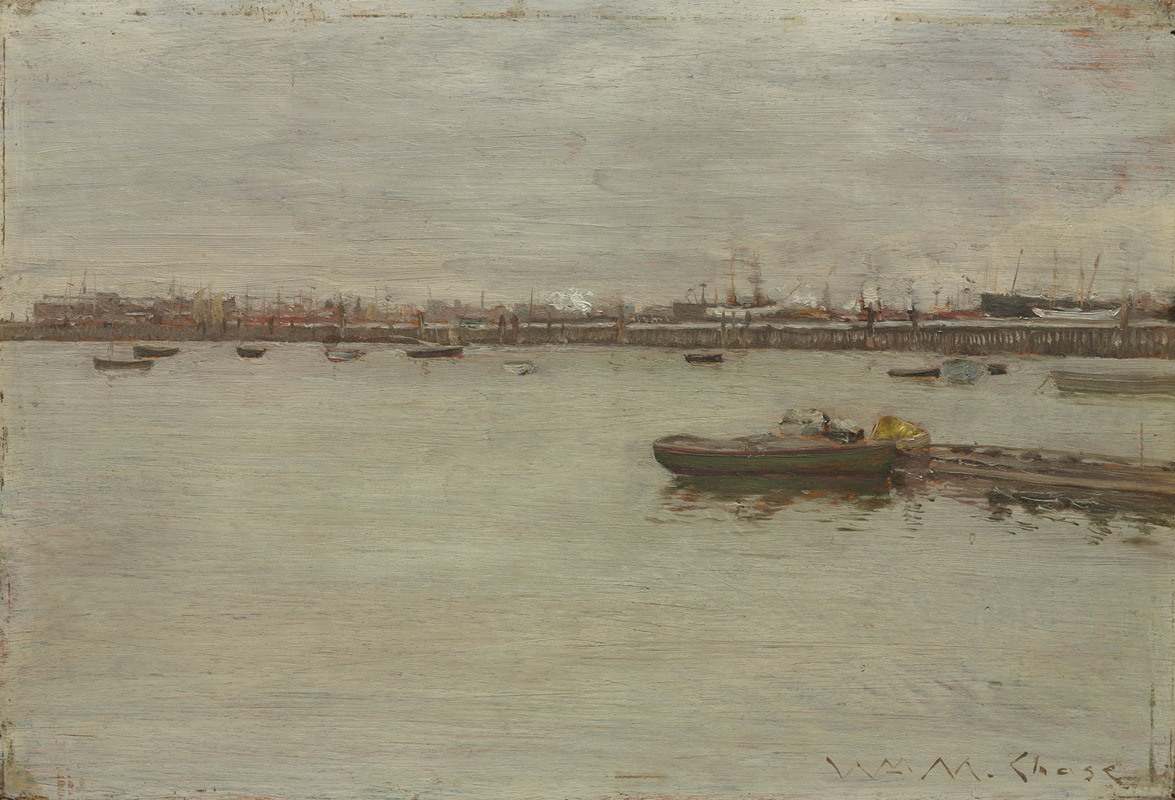
Gray Day on the Bay
A hand-painted replica of William Merritt Chase’s masterpiece Gray Day on the Bay, meticulously crafted by professional artists to capture the true essence of the original. Each piece is created with museum-quality canvas and rare mineral pigments, carefully painted by experienced artists with delicate brushstrokes and rich, layered colors to perfectly recreate the texture of the original artwork. Unlike machine-printed reproductions, this hand-painted version brings the painting to life, infused with the artist’s emotions and skill in every stroke. Whether for personal collection or home decoration, it instantly elevates the artistic atmosphere of any space.
William Merritt Chase was a prominent American painter known for his contributions to Impressionism and his role in the development of American art in the late 19th and early 20th centuries. One of his works, "Gray Day on the Bay," exemplifies his mastery in capturing atmospheric effects and his keen observation of nature.
"Gray Day on the Bay" is a painting that reflects Chase's interest in the interplay of light and color, a hallmark of the Impressionist movement. Although specific details about the painting's creation, such as the exact date and location, are not widely documented, it is consistent with Chase's style during his mature period when he often depicted landscapes and seascapes.
Chase was known for his plein air painting technique, where he painted outdoors to directly capture the effects of light and atmosphere. This approach is evident in "Gray Day on the Bay," where the muted tones and soft brushwork convey a sense of tranquility and the ephemeral nature of the scene. The painting likely depicts a coastal landscape, a subject Chase frequently explored, particularly during his time teaching at the Shinnecock Hills Summer School of Art on Long Island, New York.
The composition of "Gray Day on the Bay" demonstrates Chase's skillful use of color and form to evoke mood. The palette is dominated by grays and blues, suggesting an overcast sky and calm waters, which are typical of a gray day by the bay. This subdued color scheme is balanced by Chase's attention to detail and his ability to capture the subtle variations in light and shadow.
Chase's work, including "Gray Day on the Bay," was influenced by his studies in Europe, particularly his exposure to the works of the French Impressionists. His time in Europe allowed him to refine his technique and develop a style that combined European influences with American sensibilities. Chase was a pivotal figure in bringing Impressionism to the United States, and his work helped to establish it as a significant movement in American art.
In addition to his painting, Chase was a respected teacher and mentor to many young artists. His dedication to art education and his innovative teaching methods left a lasting impact on the American art scene. Through his work and his students, Chase played a crucial role in shaping the direction of American art in the early 20th century.
"Gray Day on the Bay" is a testament to Chase's ability to capture the beauty and complexity of the natural world. While specific details about the painting's provenance and exhibition history may be limited, it remains an important example of Chase's contribution to American Impressionism and his enduring legacy as an artist.





